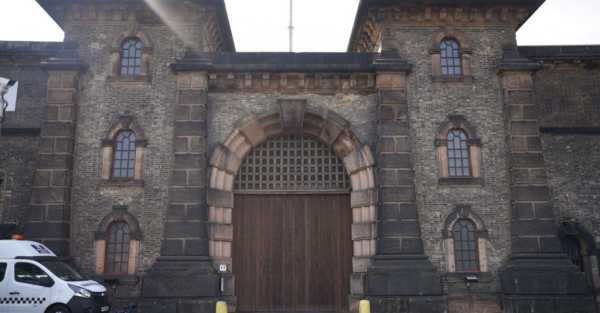
A woman has been arrested after a video was shared on social media allegedly showing a prison officer having sex with an inmate in a jail cell.
The Metropolitan Police said a woman was arrested on suspicion of misconduct in a public office on Friday after officers were made aware of the video reportedly filmed inside HMP Wandsworth.
The force added: “She has been taken into police custody. Enquiries continue.
“We remain in close contact with the Ministry of Justice.”
A Prison Service spokesperson said: “Staff corruption is not tolerated, and the former prison officer allegedly featured in this video has been reported to the police.
“It would be inappropriate to comment further while they investigate.”
Sourse: breakingnews.ie